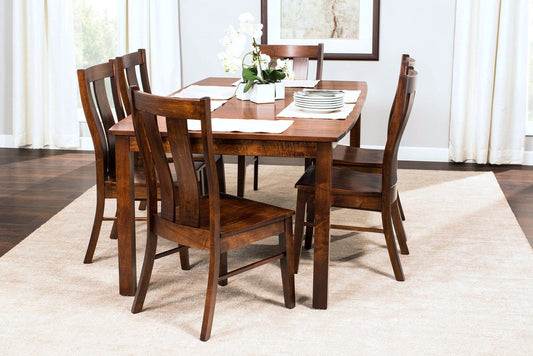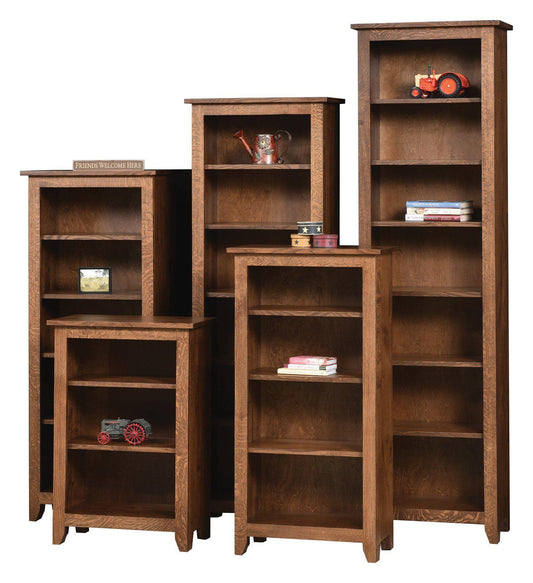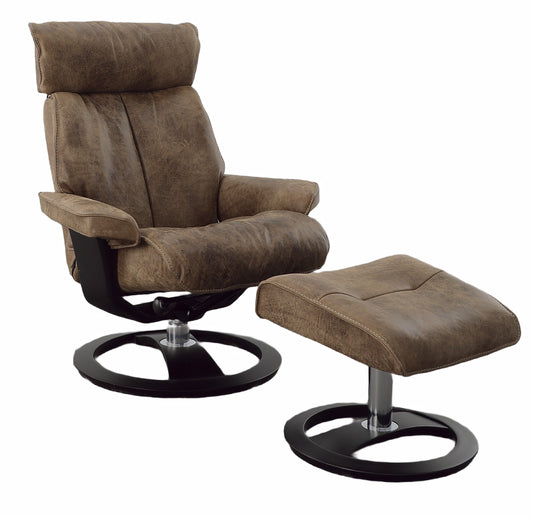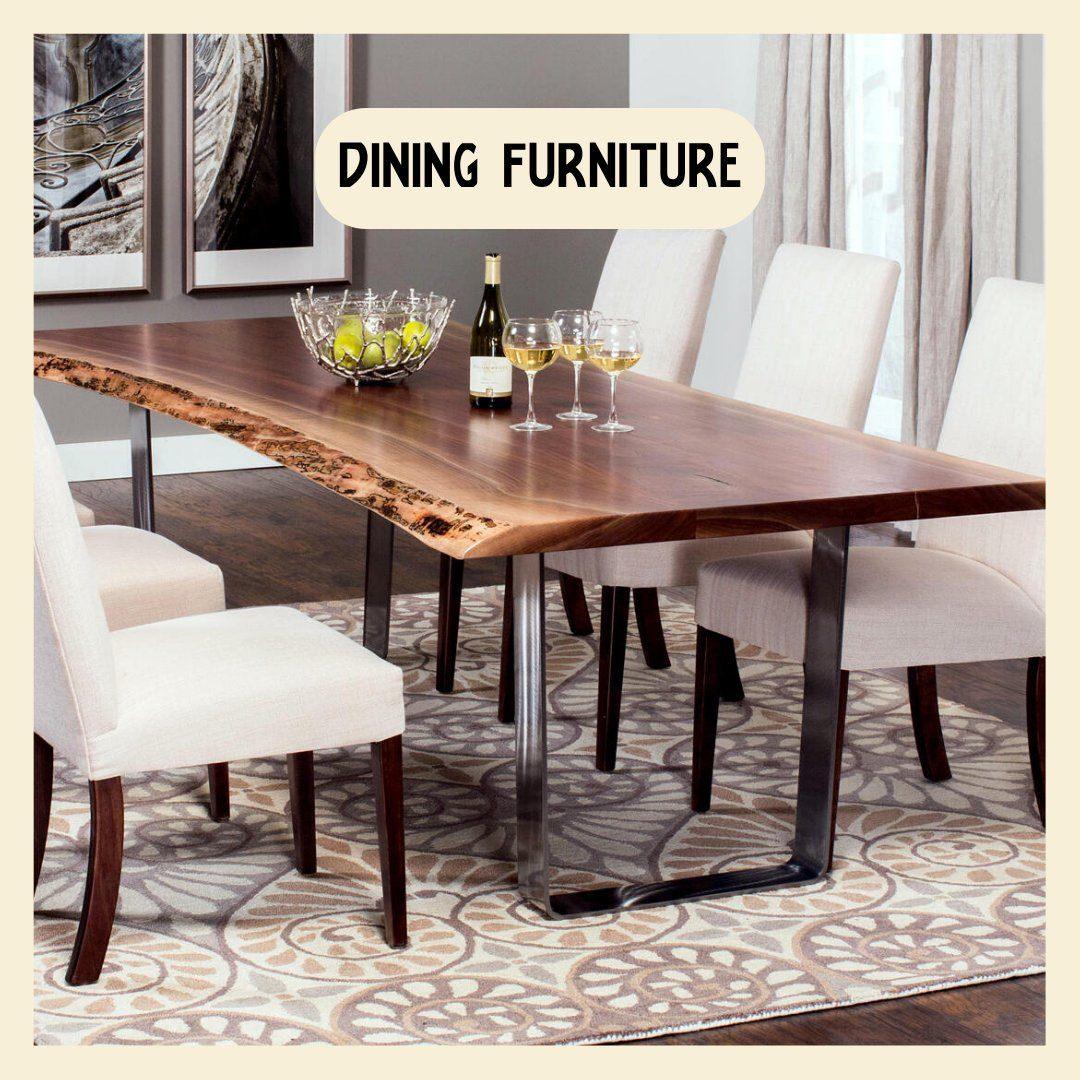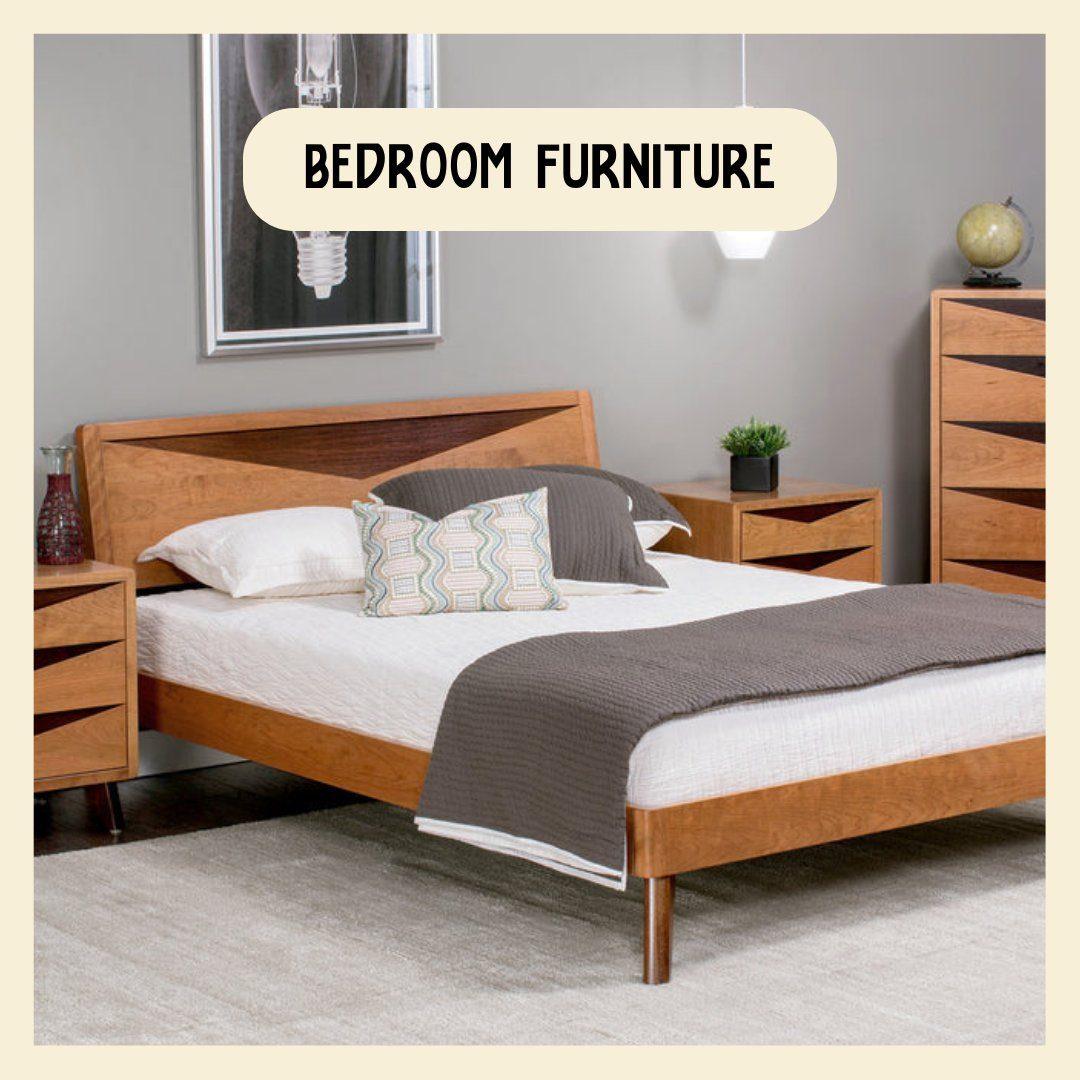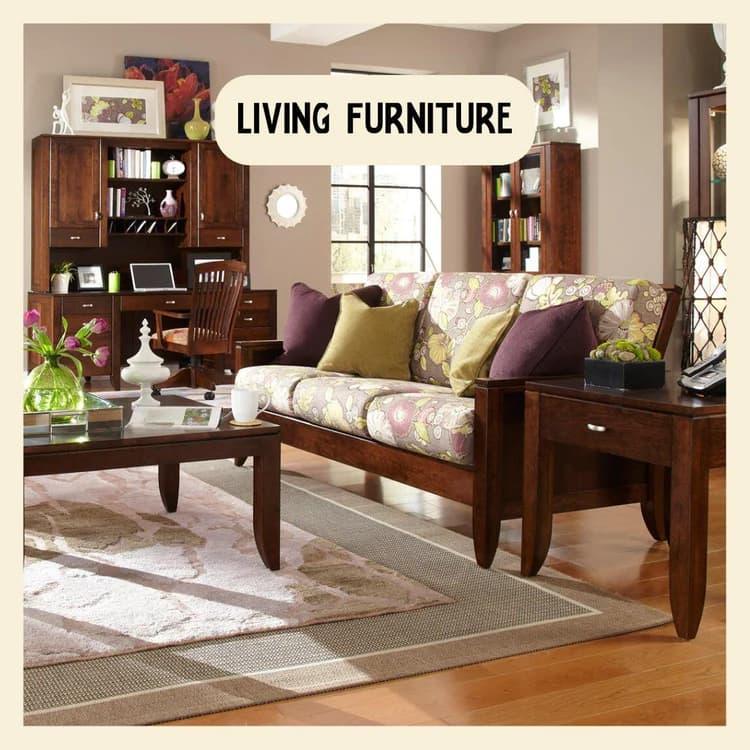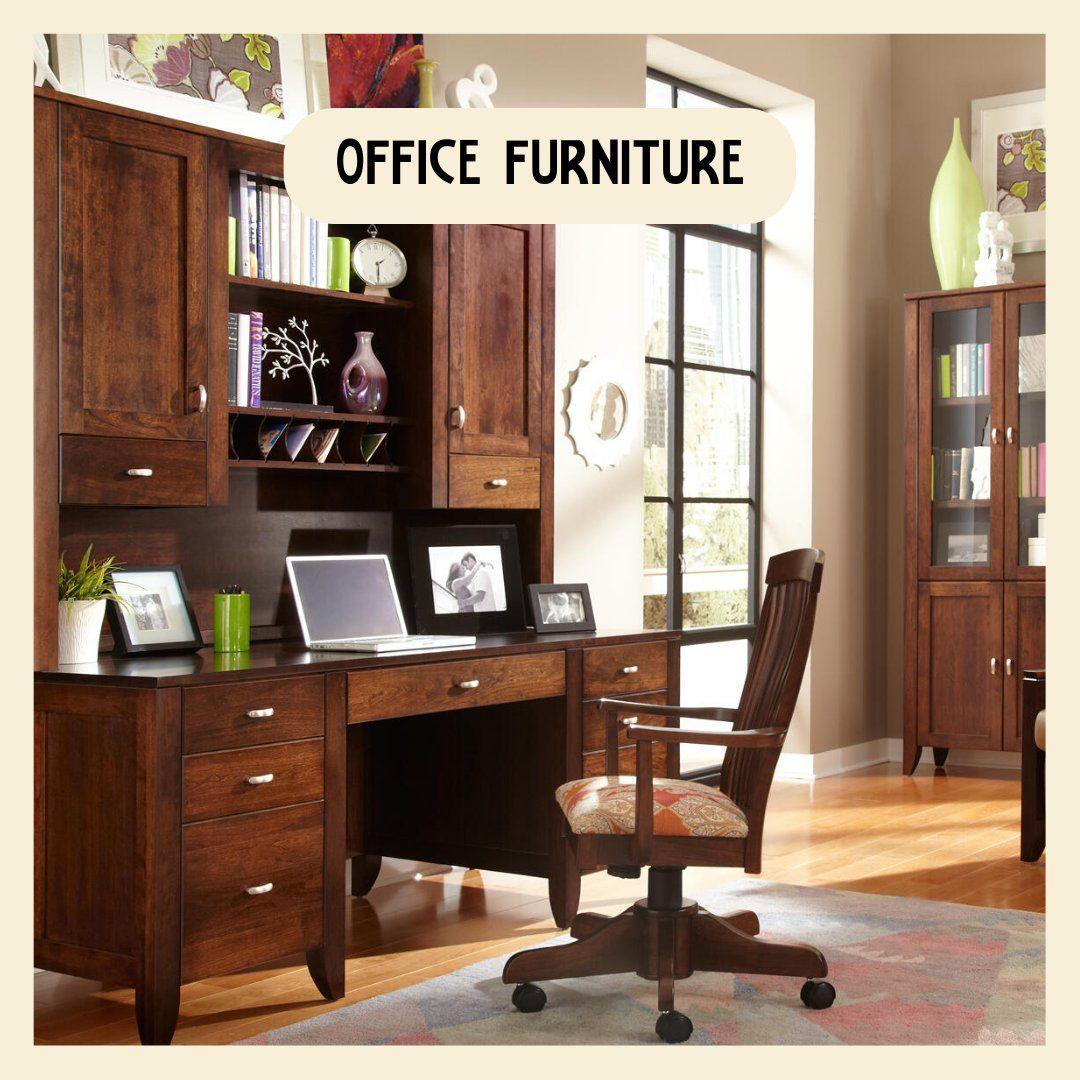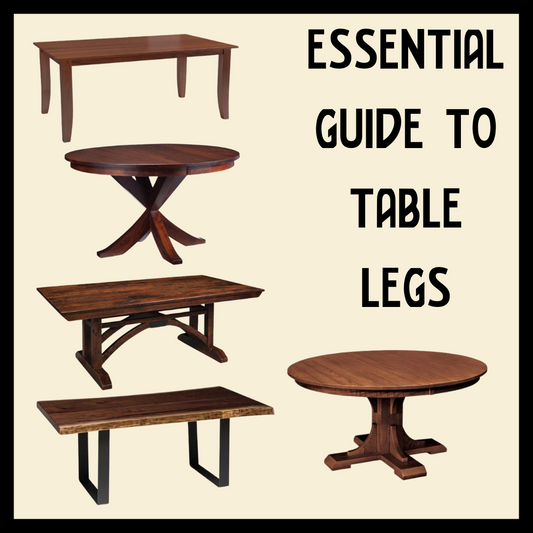What Makes an American Foursquare? History, Color and Furniture Choices

Built on small lots with standardized layouts in which every square inch of space was utilized, there’s no mistaking these houses for another style.
Identifiable characteristics include:
- Two to two and a half stories (The first floor is usually a dining room, living room, kitchen, entryway, and sometimes a half-bathroom, while the second floor is usually a bathroom or two and all the bedrooms)
- Large, central dormer
- Low-pitched hipped or pyramidal roof
- Wide porch with wide stairs stretching the front of the house and sometimes to the other side
- Large, grouped windows to let in lots of light, which is different from old houses
- Simple interior divided into four rooms (Hence, four-square-house)
Distinctive because of its form, Foursquares were considered to be more of a building type rather than an architectural style. At their core, they are simply a box with clean lines.
Their architectural styles came from other types of houses - Craftsman, Prairie and Colonial Revival.
- Craftsman - Often called a “bungalow in a box,” craftsman details were included in foursquares in the early wave of building from 1900-1910. They can be identified by boxy front posts and exposed rafter tails.
- Prairie - Hugely popular across the Midwest, this style took inspiration from Frank Lloyd Wright. These houses incorporated “Prairie” art glass and horizontal banding, a porch with a flat slab roof and geometric ornamentation.
- Colonial Revival - Built after 1915 with a palladian-style window and oval cameo. Porch posts shifted from boxy to columnar.
Why were Foursquares built?
Because people wanted simple, earthy craftsmanship that looked nothing like the eclectic and dramatic architecture of the Victorian era.
A foursquare home was affordable, maximized space, and was highly adaptable to other architectural styles the owner wished to incorporate.
Who owned Foursquares?
As the country hit an economic boom in the early 1900s, demand in housing increased at the heart of the city where people were moving for manufacturing jobs. The growing urban middle class was ready for their own homes and was finally able to afford them thanks to the introduction of the Foursquare.
Cheaper than Victorians built with ornate trims and asymmetrical designs, Foursquares were constructed from standard house plans leaving the homeowner options to add their own embellishments.
Ironically, Foursquares are admired today for their charm and character but were considered cookie-cutter “tract homes” or “McMansions” back in the day.
And if you’re looking for a bit of pop culture - Dick Van Dyke, Dwight D. Eisenhower, Bill Clinton, Shirley McClain, Warren Beatty, Jack Nicklaus, Sylvia Plath, and Ernest Hemingway all grew up in an iconic American Foursquare.
Color schemes for the American Foursquare
If visions of coloring books come to mind, you’re on the right path. With large square walls acting as a blank canvas, the Foursquare is fun and easy to paint.
Without a single Foursquare color palette choice, the options might feel overwhelming without some guidance. Below you’ll find suggestions that provide a good balance between historic accuracy and colors you’ll be happy looking at every day.
Exterior Color
Five opportunities for color placement:
- Includes door and window trim, gable trim, corner boards and porch railings
- Historically darker with blacks, browns, dark greens and reds
- Use tints and shades of basic colors
This doesn’t mean you have to use five different colors. Instead, think about utilizing different shades of the same color. A monochromatic or two-color scheme (body and trim) were and continue to be most common with Foursquares.
Take cues from the home’s surroundings such as foundation color, roofing, brick or stone, landscaping, and neighborhood. Simple is best. Variations of gray and white were most commonly used from 1890-1930. Dark, unusual or saturated colors should not be used on the body.
Foursquare owners also tend to love autumn tones - shades of reds, browns, yellows and greens. Check out this guide for some helpful color suggestions.
Keep in mind that exterior colors for the middle class - those who typically owned Foursquares - tended to be inexpensive and durable. This meant browns and grays were most popular even though nowadays the more colorful and vibrant hues are no longer costly.
Interior Color
Think simple and classic instead of showy like Victorian predecessors.
Furnishing a Foursquare
Although Foursquares were built to be simple, economical and efficient, most have an interior loaded with finely crafted woodworking - baseboards, crown molding, built-in bookcases, window seats, and room dividing colonnades. And with most rooms situated at each corner of the house, the interior space is meant to take advantage of natural light flooding in from two directions.
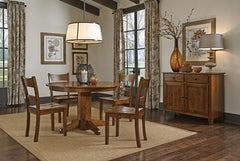
Furnishing a Foursquare can go in a number of directions - and often did. Historically, Foursquares were styled to match the decade.
- During the early part of their heyday from 1900 - 1915, the style would have coincided with their craftsman exterior features. Mission oak furniture, Tiffany-style lighting and square spindle staircases were common elements. Check out our updated Craftsman foursquare living room, styled by our own partner designer, Toni Palmer!
- After 1915 came the Colonial Revival age. The popular furniture choices were antique in style but practical in use. Four-poster beds, Colonial Windsor chairs and Chippendale reproductions were common.
- By the 1920s and the rise of the Jazz Age, Foursquares took on the lushness and look of the period with an art deco feel that seems to be another popular style in many renovated Foursquares today.
If furnishing a Foursquare today, look at the above historic ideas as well as take into account the following:
- Check out Modern Bungalow’s smaller scale wood furniture with the Shenandoah Collection
- If needing ideas, an update or redo, Modern Bunglaow’s Fireplace Design Center can help!
- Hang perpendicular to, not directly across from windows to help bounce light around the room
What started as a catalog home quickly became a homeowner’s dream as hundreds of thousands popped up across the country in all their aesthetically pleasing simplicity. As they continue to be highly sought after home choices today, Modern Bungalow is here to help your stylized Foursquare vision - from the outside in - become reality!
Be sure to check out Modern Bungalow's complete guide to historical homes which encompasses the Foursquare as well as a number of other popular styles in the American West.


